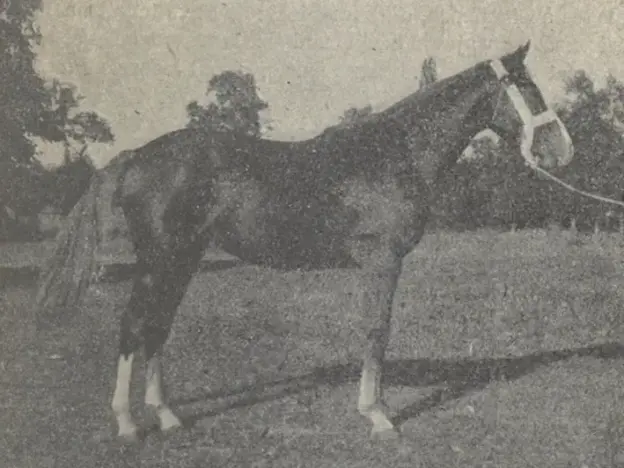Intro
The Limousin horse is a famous old medieval saddle horse that came from the region of Limousin in France. The area has long been known for great horseflesh and this breed is one of the most influential in creating the Selle Français.
Origins
Their foundation was French native mares who were bred to imported English Thoroughbreds, along with a physically obvious sprinkle of Arabian and Barb blood. While their actual origins are shrouded in mystery, they have long been appreciated as good animals throughout Europe.
Breeding was controlled at stud farms which were famed for producing good horses used by the royal court. This hit its peak during the court of Louis XV, when there were a hundred studs developing the breed. While grand in numbers, this was also problematic, as they began to loose the qualities that made them so well liked in the first place. By the end of the 18th century they had fallen out of favor and even needs of the Napoleonic Wars wasn’t enough to maintain the breeding.
The French Revolution was also disastrous for the breed, as the large Pompadour stud was closed, selling off their stock. After the turn of the 19th century breeding had almost stopped, but luckily in 1806 the Pompadour reopened their doors. Using more Arabian blood to bolster their breeding stock. The animals from this stud helped breathe new life into the breed. Later, Thoroughbred blood was added, which made them larger and faster, but sacrificed hardiness for them.
In the mid 19th century, Anglo Norman animals grew in popularity, again threatening Limousin breeding programs. The Anglo Normans were good in harness and under saddle, giving them an distinct advantage as a breed. This marked the end for this legendary breed, as the 19th century saw a fashion for versatile horses. By the 20th century, the Limousin was bred into extinction.
Features
Average height 16 hands
Elegant and solid saddle horse
Mane and tail hair is thin
Skin is fine
Physique
Head is dry and elegant with a convex profile
Long, well positioned ears
Neck is thin
Chest is narrow
Back is long
Legs are thin and strong
Feet are small
Traditional Colors
Temperament
Intelligent and hardy
Use
Sport horse
Riding horse
Cavalry
